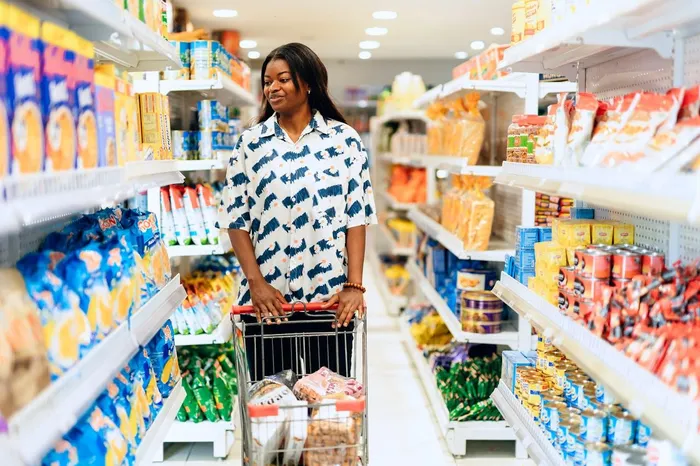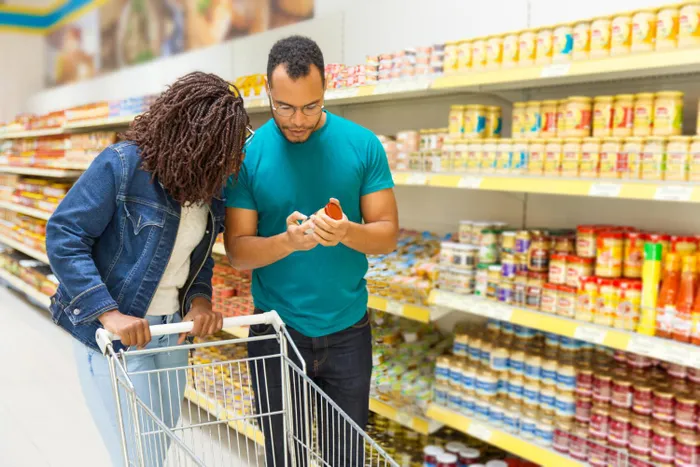
Always be mindful when you go shopping.
Image: Ninthgrid / Pexels
I’m sure many of us have walked into a supermarket to buy “just a few things” but ended up walking out with a whole lot more than we intended to.
Even if you feel guilty about overspending and blame it on a lack of willpower, it's important to recognise that supermarkets use subtle tactics designed to encourage you to buy more.
Supermarkets are masters of subtle persuasion, using a variety of psychological tricks and strategic layouts designed to make you spend more.
Here’s how they do it and tips on how you can fight back.
Store layout
Most supermarkets are designed so that the essential items like milk, bread and eggs are placed at the back of the store.
This forces you to walk past dozens of attractive displays to reach them.
The more time you spend in the aisles, the more likely you are to make impulse purchases.
Tip: Make a list and stick to it. Try to head straight to what you need before browsing.
The power of product placement
Shelf placement isn’t random. Brands pay extra to be placed at eye level, where you're most likely to notice them. Some people are just too lazy to bend down to reach for lower shelves.
Products targeting children are placed lower, at a child’s eye level, encouraging them to pester parents.
Tip: Make the effort to look up or down. The best value items are often on the top or bottom shelves.

Brands pay extra to be placed at eye level, where you're most likely to notice them. Picture: Kevin Malik / Pexels
Image: Kevin Malik / Pexels
The “Decoy Effect”
You’ll often see a high-priced item placed next to a slightly cheaper one.
The more expensive option makes the mid-range item look like a bargain, even if it's not.
Tip: Compare prices per unit to truly understand the value.
Music and scent manipulation
Slow, relaxing music can cause you to linger longer, increasing the chances of you buying more.
Likewise, strategically released scents, like fresh bread or rotisserie chicken, can trigger hunger and cravings.
Tip: Shop after a meal and consider using headphones if you’re easily swayed by mood music.
The Illusion of discounts
We’ve all been tempted by promotions like “buy three and get one free” or 20 per cent off if you buy 2 items”.
While these might sound like great deals, they’re often not.
These tactics make you feel like you’re saving money when you might actually be buying more than you need.
Tip: Do the math. Sometimes the unit price goes up in multi-buy offers.

You might actually be buying more than you need. Picture: Freepik
Image: Freepik
Checkout lanes
The ends of aisles are prime real estate, often stocked with sale items or impulse buys that aren’t always the best value.
Checkout lanes are another danger zone, full of candy, magazines, and last-minute temptations.
Tip: Be especially mindful in these zones. If it wasn’t on your list, ask yourself if you really need it.
Sampling stands
Free samples are more than just a nice perk, they’re designed to trigger a sense of obligation and activate your appetite.
Studies show people are more likely to buy the sampled item, even if they didn’t plan to.
Tip: Enjoy the sample if you like, but resist the pressure to add it to your trolley.
Get your news on the go, click here to join the IOL News WhatsApp channel.
IOL Lifestyle
Related Topics:
